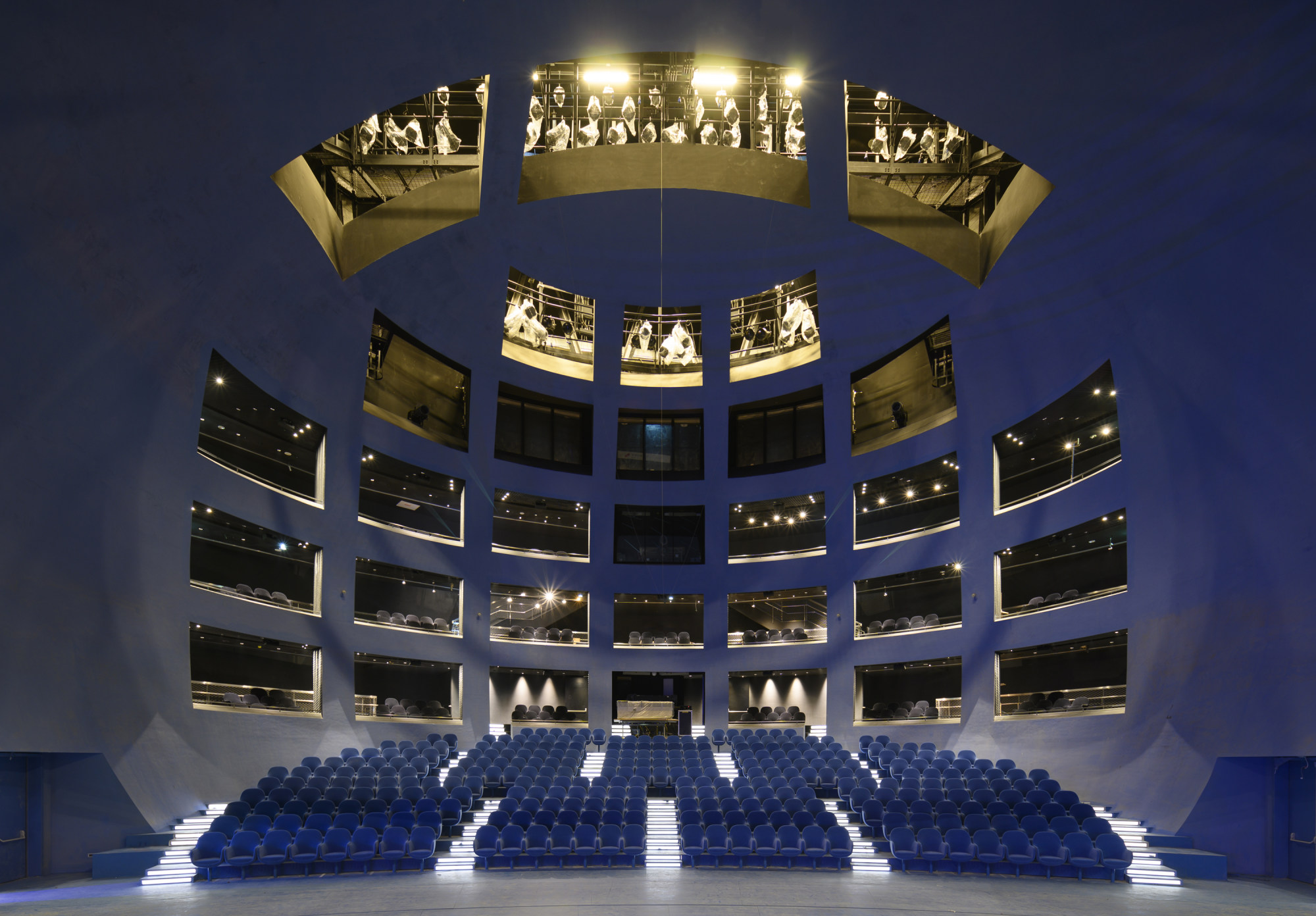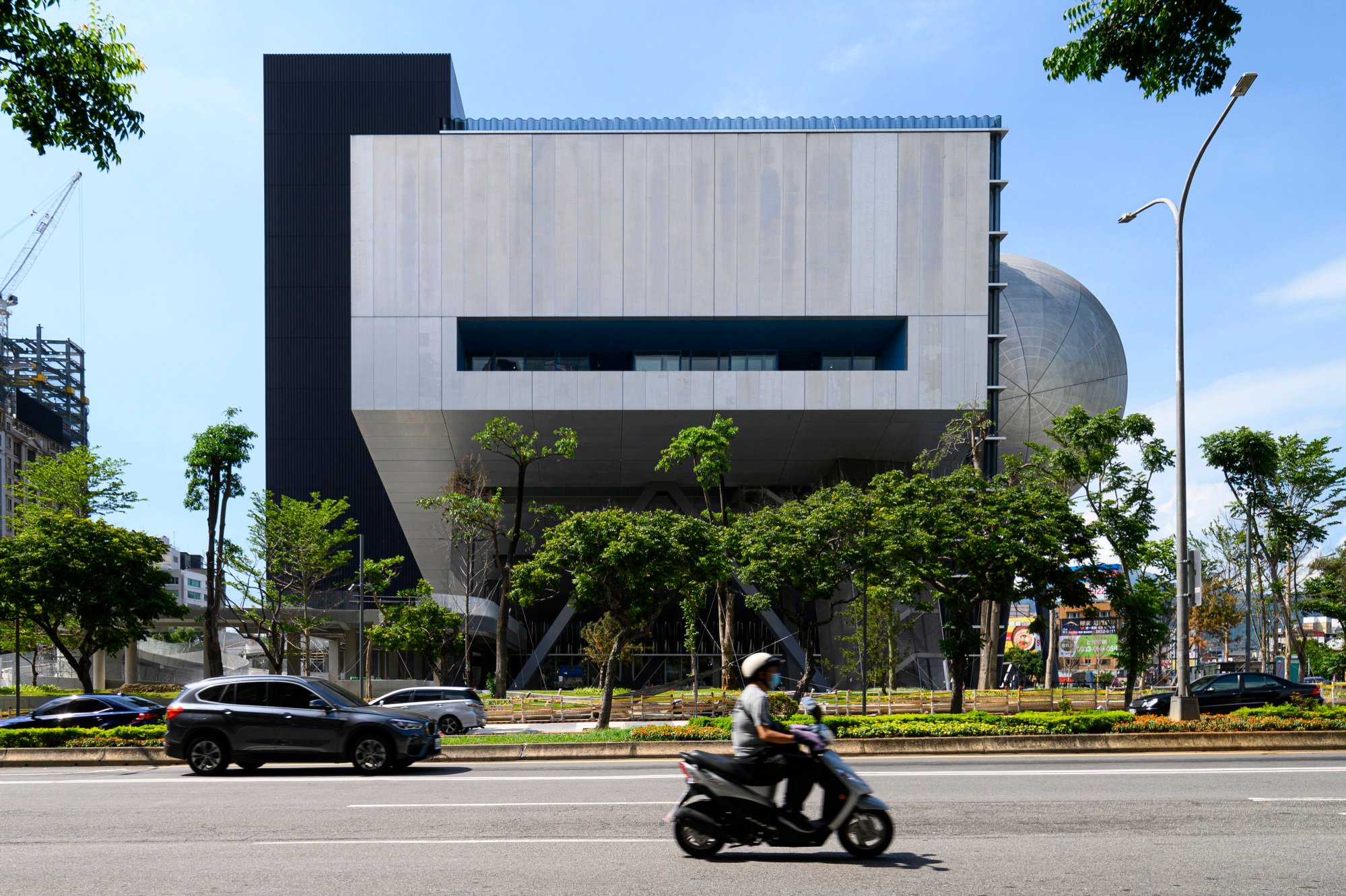Why this Taiwan icon is next on our travel bucket list: the avant garde Taipei Performing Arts Centre could join monuments across the globe as a not-to-be-missed architectural attraction

All three are prime examples of architecture as attraction, and as the industry continues to innovate and cities look for ways to distinguish themselves, even far more modern landmark buildings are becoming destinations of their own.

Throwing its hat into the ring as an architectural wonder worthy of a visit is the new Taipei Performing Arts Centre. Like fellow modern marvels The Gherkin (officially 30 St Mary Axe) in London by Norman Foster, Frank Gehry’s Guggenheim Museum Bilbao, or Herzog & de Meuron’s National Stadium – the Bird’s Nest – in Beijing, the sheer audacity of the Taipei Performing Arts Centre is set to make it a target for architecture-obsessed travellers.
Why luxury travellers are seeking five-star experiences in the wilderness
Described by its designers OMA as “an architecture in limbo, specific yet flexible, undisrupted yet public”, it floats above the city’s teeming, iconic Shilin Night Market like some kind of alien scout craft, its facade as distinct as any classical structure. The geometric forms and contrarian aesthetic bring a visual disconnect unlike nearly anything else in Asia, and that was a disconnect architect David Gianotten embraced when Rotterdam-based OMA pitched for the project in 2008.
At the time, Shilin Night Market was set for removal to make way for the theatre.

“We went there for a site visit and immediately saw the night market had such a vibrancy that we thought it would be such a pity to remove it, to take the low culture out and put high culture back in that space,” Gianotten recalled. The Taipei City Government hadn’t considered having both, so Gianotten immediately began work on a proposal that would lift the entire building off the ground. “The ground would remain public domain and the energy from the Shilin Night Market could still be on that ground plain, and the formal theatre would be above it … Suddenly it was like 1+1+1 = 5.”
Gianotten worked alongside the legendary Rem Koolhaas (who designed CCTV Headquarters) on the theatre complex, ultimately laying out an area of almost 60,000 square metres with three performance halls. Gianotten wanted to get away from the European model of consuming culture – “old” people at the opera, “young” people at experimental dance performances, and so on – and tap into Taipei’s more inclusive attitude. The entire complex pivots on a central cube that consolidates all the stages, support areas and public spaces to create a new relationship between consumers and art.

“The connection we worked out was a public loop, [which] created the possibility not only to bring people through the lobby or the restaurant or roof terrace, but also through the theatre, through the backstage, and even have them look through the back of house of the theatre – the offices, rehearsal spaces, dressing rooms. People can really see that theatre-making is a profession and that a lot of hard work goes into it.”
Is the Porsche 911 the world’s most timeless sports car?
But it is not the experience alone that will beckon curious residents and travellers in equal measure. Gianotten’s “public loop” extends to the street, reaching into the surrounding cityscape and pulling it inside; the trajectory from street to seat is organic and connective, and the interplay between interior activity and the market below contributes to the theatre’s facade. “We didn’t want to create a unique language on the outside – it’s glass and aluminium, it’s very clear, the volumes are very readable,” Gianotten explained. Every element of the theatre is readable from the street; the auditoria hang from a transparent glass cube, and interior lights in the public spaces, offices and rehearsal areas illuminate the action inside at night.

As a bonus, the exposed hanging halls provide cover from the elements for the night market. “You can see how much energy is in that container … and ‘shielding’ the night market from rain and sun, means things can happen underneath. We hope that by doing it this way, it really becomes part of the city rather than a building that is in a shell, where only when you are inside can you see what is happening.”
Combine Shilin’s unique culture, the theatre’s modern design and the OMA brand label (Qatar National Library, The Avery in San Francisco) and the Taipei Performing Arts Centre makes a case for itself to be included on an architectural tourism itinerary. This sub-set of travel – which appeals to those that have already seen the likes of Pompeii or the Great Barrier Reef – invites tourists to chase noteworthy new structures, or follow their favourite architect or studio. A Foster + Partners, I.M. Pei or OMA tour could lead around the globe, while this new stop in Taipei is poised to redefine the theatre-going experience. Gianotten has married traditional rooftop sightseeing and dining with back-of-house artistic processes that are conventionally hidden from view – all visible through that facade.
Inside this US$34m Florida penthouse – listed by Selling Sunset’s Christine Quinn
“The story you see through the public loop, you don’t get anywhere else in the world,” Gianotten said. “It more or less shows you the organs and the elements the whole project is composed of. It’s almost like the preview of a movie – you see what is possible, and then you choose where you go once you enter.”

- Millions of holidaymakers journey to the Egyptian pyramids and the Great Wall of China every year – now a new architectural wonder might be on the map
- Designed by OMA and located atop the Shilin Night Market, the centre joins other iconic buildings from Frank Gehry’s Guggenheim Museum Bilbao to Norman Foster’s The Gherkin in London